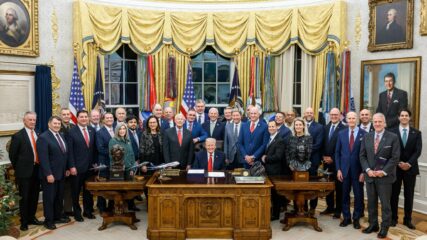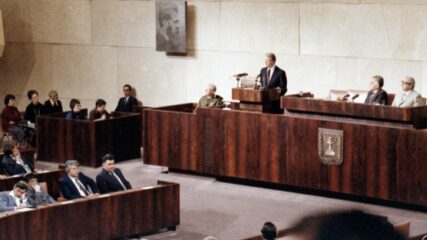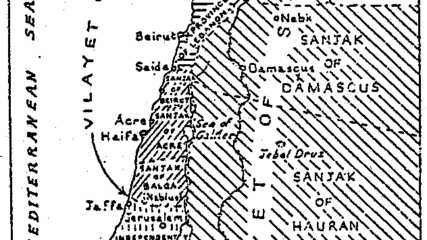Netanyahu’s Speech at Bar-Ilan University, 2009
The two-state solution to the Israeli-Palestinian Conflict has many complex layers and unresolved variables that have prevented it from becoming a reality.
The Political Significance of Land Purchase
To make the Jewish State a reality, Zionists needed to both attract Jewish immigrants & connect them with the land in Eretz Yisrael.








